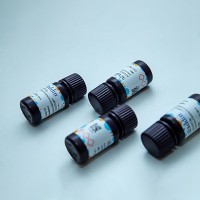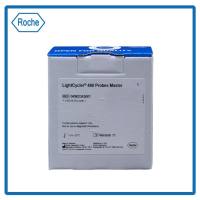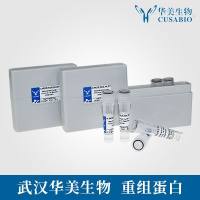Labeling Fluorescence In Situ Hybridization Probes for Genomic Targets
互联网
573
Fluorescence in situ hybridization (FISH) requires nucleic acid probes, including deoxyribonucleic acid (DNA), ribonucleic acid (RNA), or nucleic acid analogs, labeled directly with fluorophores, or capable of indirect association with fluorophores. The nucleic acid provides the FISH assay with its specificity through complementary pairing of the probe nucleotides with nucleotides of the target nucleic acid. The appended fluorophores provide the ability to visually detect the homologous regions within the cellular structure using a fluorescence microscope. Photographic or electronic cameras can also be used to provide permanent images of the fluorescence staining patterns, and the latter can be used to provide quantitative measurements of the probe fluorescence.









